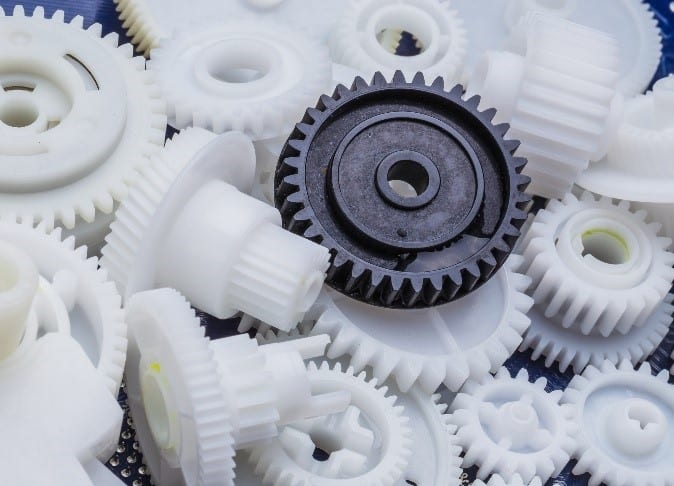Software startup Spare Parts 3D (SP3D) has developed a digital tool that automatically creates a 3D model of a part from its 2D technical drawing.
Named “Théia“, the solution is the result of a three-year R&D project, launched in 2022, in partnership with LURPA (university research laboratory in automated production) at ENS Paris-Saclay and with financial support from the Defense Innovation Agency (AID).
Théia would enhance the capabilities of DigiPARTTM; Spare Parts 3D’s software that can already determine, on a large scale, all technically and economically printable spare parts. By doing so, the software can create their digital twin (digital passport) and identify a 3D printing supplier for on-demand printing, as close as possible, using the most suitable materials and processes.
Not all companies have scanned the 2D technical drawings of their spare parts. Even if these are available in electronic form, converting them into 3D models is a time-consuming and costly process. Theia automates this process, reducing the conversion time from days to minutes. Theia contributes to accelerating the exhaustive digitization of spare parts inventories, lowering the cost of access to digitization, democratizing the digital passport and the use of additive manufacturing, Spare Parts 3D explains.
For Professor Nabil Anwer, CIRP Fellow, Professor at Paris-Saclay University, Deputy Director of LURPA at ENS Paris-Saclay, and expert in shape engineering and 3D reconstruction:
“Théia addresses two major challenges: on the one hand, reading, understanding and interpreting the information present on the drawing, and on the other, obtaining a 3D shape from its representation on 2D plans, while respecting the geometric and dimensional specifications of the original object. The development of Théia is the result of a harmonious marriage between new developments in AI (deep learning, segmentation, automatic labeling, etc.), mastery of classic computer vision technologies (optical symbol recognition, feature matching) and semantic analysis of technical drawings. This combination makes it possible to identify the various semantic layers of the 2D drawing and thus to interpret the technical drawing in an optimal way for its 3D reconstruction”.
We can’t wait to see use cases enabled by this tool in order to highlight its potential economic and environmental benefits.
Remember, you can post job opportunities in the AM Industry on 3D ADEPT Media free of charge or look for a job via our job board. Make sure to follow us on our social networks and subscribe to our weekly newsletter : Facebook, Twitter, LinkedIn & ! If you want to be featured in the next issue of our digital magazine or if you hear a story that needs to be heard, make sure to send it to contact@3dadept.com


